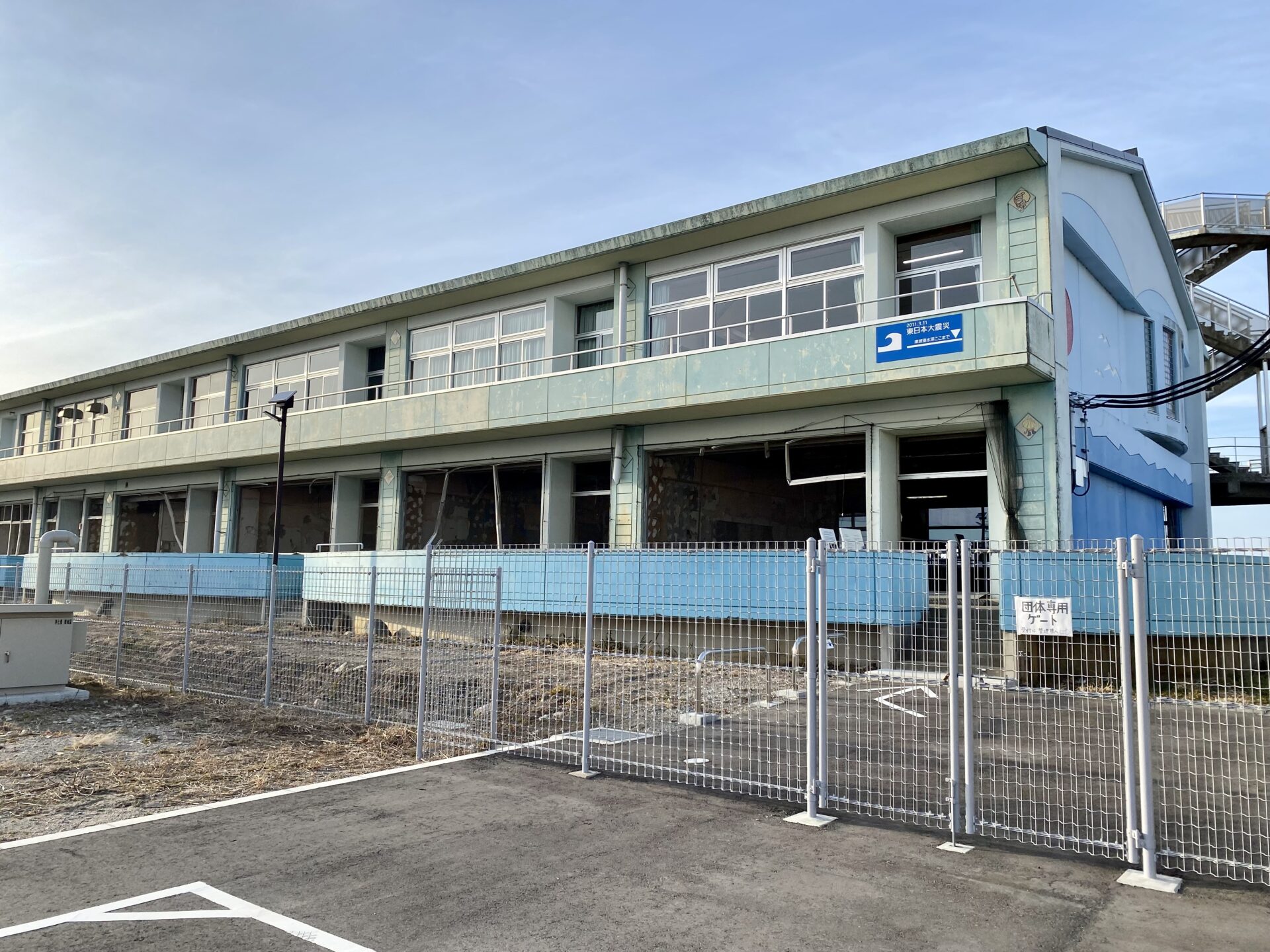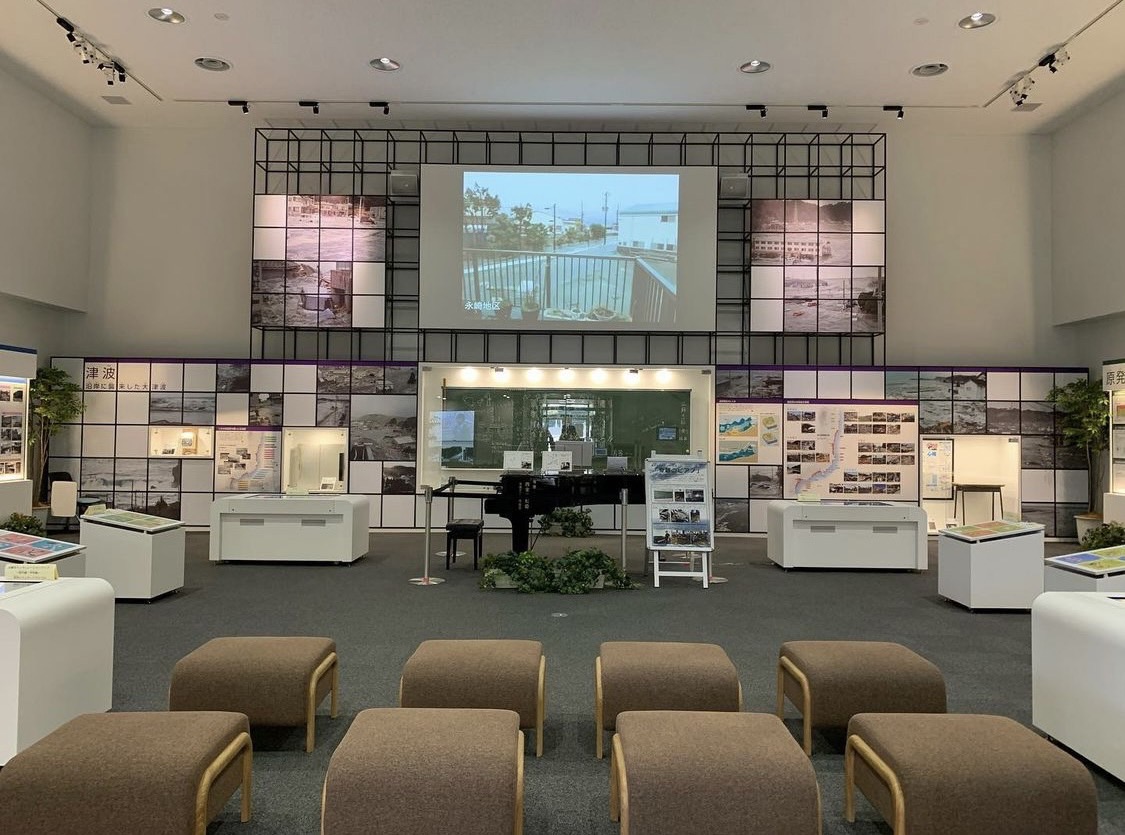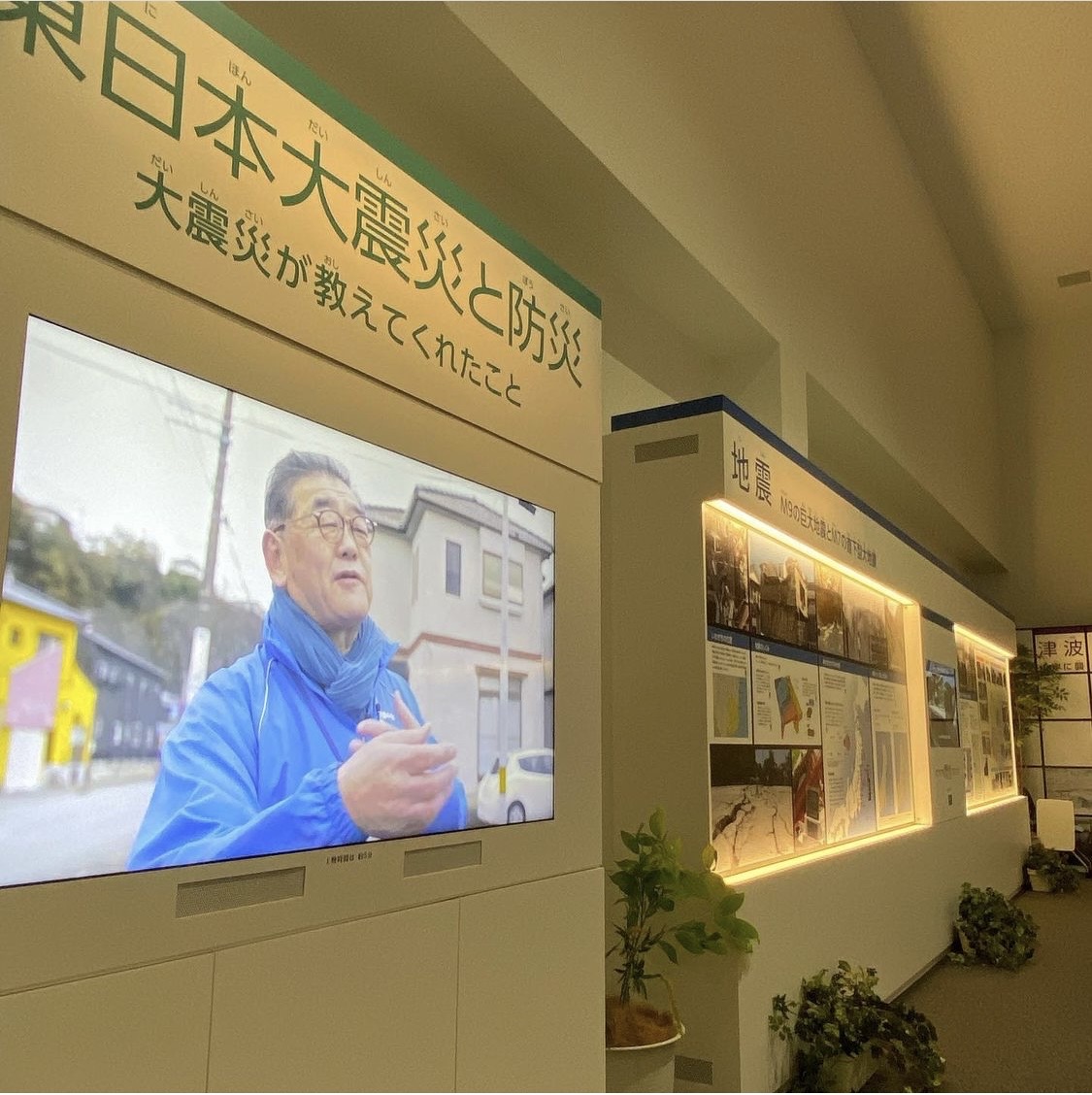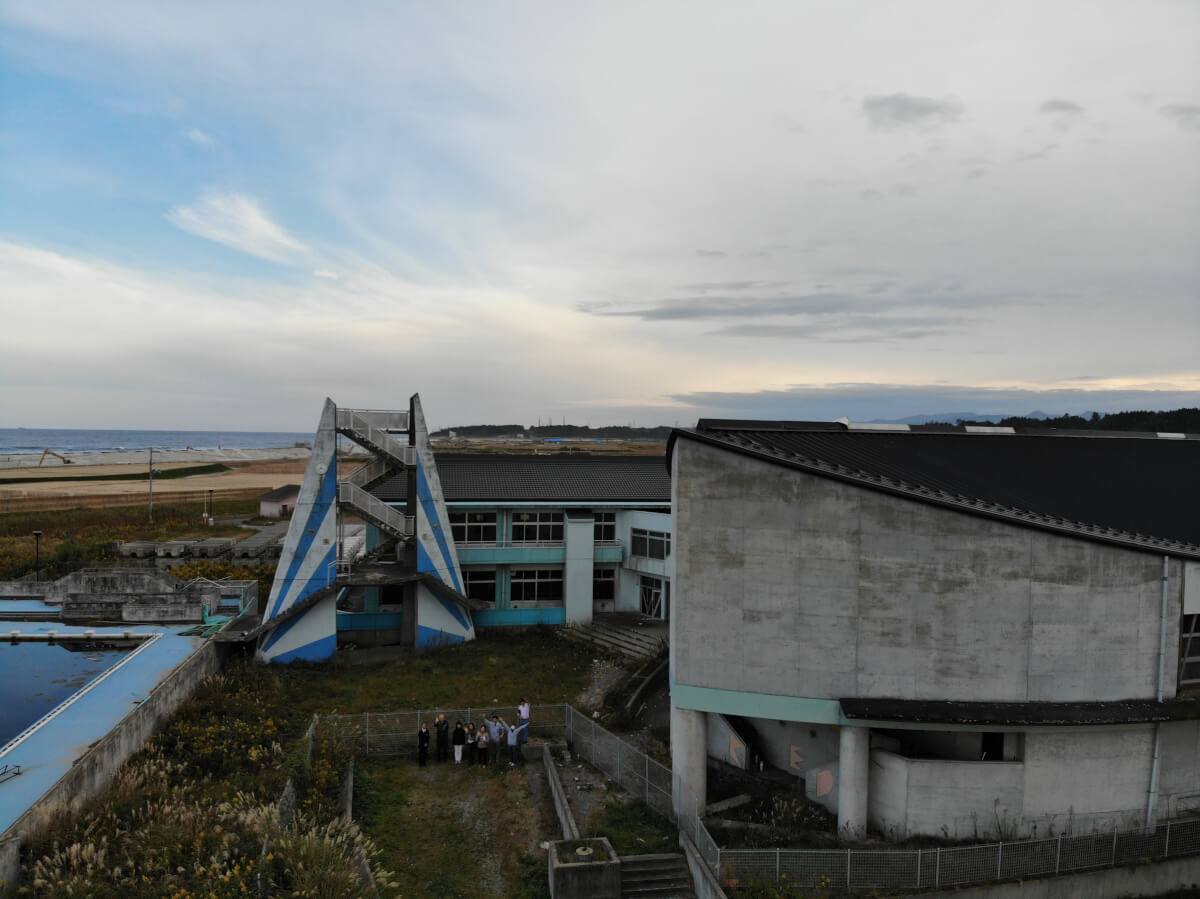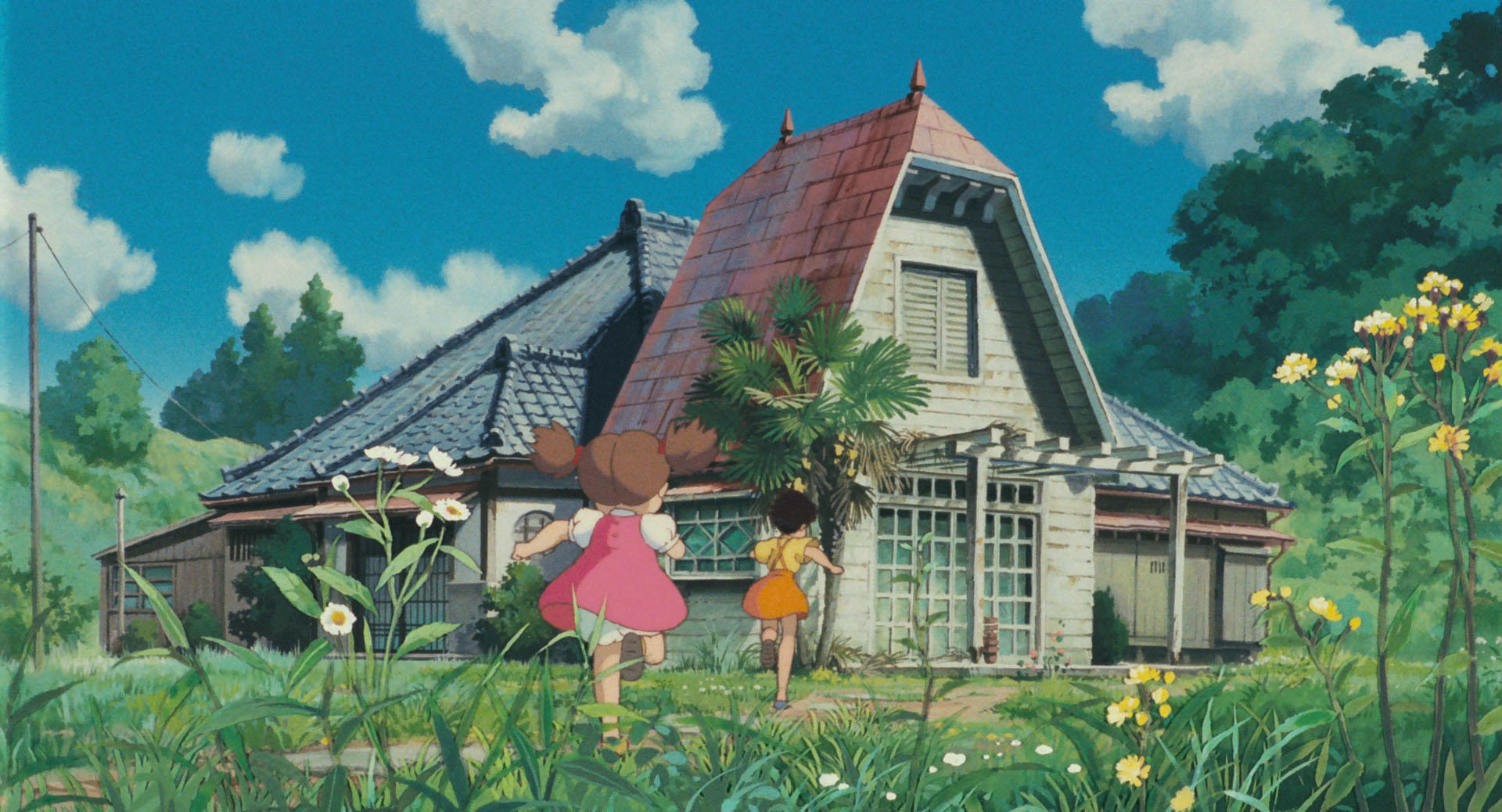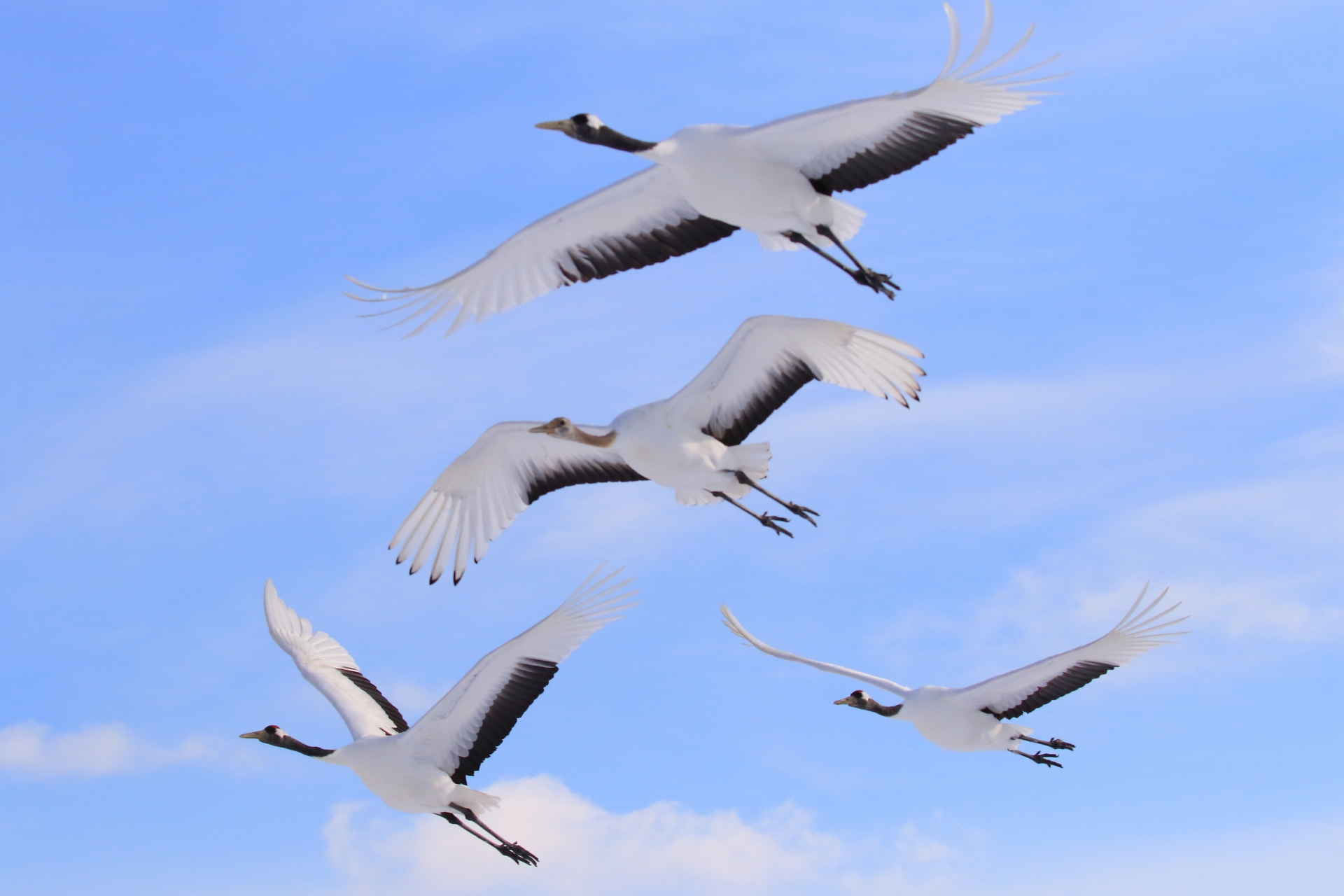In the coastal areas of Fukushima Prefecture, where the Great East Japan Earthquake measuring 9.1 on the 2011 Richter scale and the subsequent accident at the Tokyo Electric Power Company Incorporated Fukushima Daiichi Nuclear Power Plant occurred, there are various facilities to pass down the lessons of the disaster to future generations. Some of these facilities show what the situation was like at the time of the disaster, the steps taken toward recovery, and the lessons learned from the disaster.
In addition, there are facilities where you can learn about the ongoing decommissioning of the nuclear reactors and the landfill disposal of contaminated waste.
- 1. Aquamarine Fukushima
- 2. Iwaki Lalamew
- 3. Futaba Information Center
- 4. The Great East Japan Earthquake and Nuclear Disaster Museum
- 5. Iwaki 3.11 Memorial and Revitalization Museum
- 6. National Training Center J-Village
- 7. Ukedo Elementary School Earthquake Memorial Ruins
- 8. The Historical Archive Museum of Tomioka
- 9. TEPCO Decommissioning Archive Center
- 10. Reprun Fukushima (Specified Waste Landfill Information Center)
- Fukushima Daiichi Nuclear Power Plant Tour
- Other articles you might be interested in
1. Aquamarine Fukushima
Aquamarine Fukushima is a facility that exhibits about 800 species of living creatures based on the theme of the “tidal sea”, where the warm Kuroshio Current and the cold Oyashio Current meet.
However, sadly 90% of the creatures were killed by the tsunami and the resulting power outage caused by the Great East Japan Earthquake.
The Disaster Learning Program, which is only available on a reservation basis, summarizes the four months between the Great East Japan Earthquake and the re-opening of the museum. Visitors can experience the horrors of what the tsunami was like through actual tsunami footage and guidance, as well as get an idea of what was learned and done during the disaster recovery process.
Opening Hours: 9:00 am – 5:30 pm (open until 5:00 pm from December 1 to March 20)
Admission Fee: 1,800 yen(adults), 900 yen(Elementary to high school students)
2. Iwaki Lalamew
Iwaki Lalamew is a tourism and product center in Iwaki City that includes a seafood market, restaurants, and a children’s playground.
The “3/11 Iwaki The Great East Japan Earthquake Exhibition” in the Live Iwaki Mew-seum on the second floor, introduces the situation at the time of the disaster in Iwaki City which faces the sea, and the progress made toward recovery and reconstruction through display panels and videos.
After viewing the exhibition, be sure to stop by Iwaki Lalamew and try their delicious seafood called “Joban-mono”!
Opening Hours: 9:00 am – 6:00 pm
Admission Fee: Free
3. Futaba Information Center
At “Futaba Information Center” in Tomioka Town, panels and monitors display information on the current situation of not only Tomioka Town but also the eight towns and villages in Futaba district, as well as public institutions, fire departments, and police departments.
Since the local residents are the ones who provide all the information, Futaba Information Center is a facility that we recommend where you can hear the voices of the people of Futaba district more directly.
In addition, Cafe 135 (Hisago), which was given the sign of the long-established restaurant “Kappo Hisago ” in Tomioka town, is adjacent to Futaba Info.
When visiting Futaba Info, please check the opening hours of Cafe Hisago in advance as the hours and days can vary.
Opening Hours: 11:00 am to 6:00 pm, (Closed on Sundays and national holidays)
Admission Fee: Free
4. The Great East Japan Earthquake and Nuclear Disaster Museum
The Great East Japan Earthquake and Nuclear Disaster Museum, which has welcomed over 100,000 visitors in the 18 months since its opening, provides a chronological history of the pre-disaster period, the earthquake and tsunami, and the subsequent nuclear power plant accident through exhibits and videos.
There is also a part of the museum where visitors can learn about the future development of the Fukushima coastal area, including the Fukushima Innovation Coast Framework.
In the workshop space in the exhibition area, 40 minute lectures are given by storytellers, allowing visitors to listen to the stories of those who actually experienced the disaster first hand.
For those who wish to deepen their understanding on the topic, we recommend participating in training sessions that include fieldwork, where you will have the chance to visit areas affected by the tsunami and nuclear disasters and see the reconstruction up close and personal.
Opening Hours: 9:00 am to 5:00 pm, (closed on Tuesdays, however if Tuesday is a national holiday or a substitute holiday, the museum will be open on Tuesday and closed the next day)
Admission Fee: 600 yen (adults), 300 yen(Elementary to High school students), 480 yen (Adult group 20 or more), 240 yen(groups of School students 20 or more)
5. Iwaki 3.11 Memorial and Revitalization Museum

Photo by: 37travelgram 
Photo by: ryowma2020
The “Iwaki 3.11 Memorial and Revitalization Museum” is a facility that exhibits disaster-related materials to pass on memories and lessons learned from the disaster to future generations.
Visitors can learn more about the disaster through a video exhibit of the tsunami that hit Iwaki City, a VR experience that recreates a junior high school building that was demolished due to tsunami damage and the tsunami that hit the building, as well as have the chance to directly see and handle disaster prevention goods and items.
In addition, visitors are able to listen to a lecture given by a storyteller about the earthquake disaster while actually touring the affected area.
Opening Hours: 9:00 am to 5:00 pm (last entry 4:30 pm), Closed on Mondays (or the following day if Monday is a national holiday), year-end and New Year holidays
Admission Fee: Free
6. National Training Center J-Village
J-Village is an establishment with soccer and other sports facilities and fields, a training gym, and a hotel (with a total of 200 rooms). It is known as a mecca for athletes, as various training camps are held there, including those for the Japanese World Cup soccer team.
After the earthquake disaster, it served as a response center for the accident at TEPCO’s Fukushima Daiichi Nuclear Power Plant.
Visitors can tour the facility and talk with staff to learn about the history of J-Village from the time of the disaster to its reopening in 2019, as well as the challenges that J-Village faces.
Opening Hours: 9:00 am to 6:00 pm
Admission Fee: 30 minute tour only (free), tour + 60 min dialogue (free)
7. Ukedo Elementary School Earthquake Memorial Ruins
Ukedo Elementary School was severely damaged by the tsunami and was the first school in Fukushima Prefecture to be certified as Earthquake Memorial Ruins.
Visitors can tour the school building and see an exhibit that shows a comparison of the before and after of the tsunami damage.
In the passageway, a page from the picture book, “Tale of Ukedo Elementary School(Ukedo Shougakkou Monogatari)”, which describes the evacuation on the day of the earthquake, is displayed page by page, allowing visitors to feel a sense of reality of that time while touring the damaged elementary school.
On the blackboard in the classroom on the second floor of the school building are written messages from the Self-Defense Forces who helped out with disaster relief as well as from visitors to the elementary school after the disaster, showing that everyone is united in overcoming this disaster together as one.
Opening Hours: 9:30 am to 4:30 pm, (Closed on Tuesdays, Year-end and New Year holidays)
Admission Fee: 300 yen (adults), 200 yen (High school students), 100 yen (Elementary and Junior high school students)
8. The Historical Archive Museum of Tomioka
The Historical Archive Museum of Tomioka introduces the legacy of the Great East Japan Earthquake, the TEPCO Fukushima Daiichi Nuclear Power Plant accident and the history of the region.
There is an exhibit of an actual police car that was used by police officers killed in the tsunami, as well as an exhibit called “Ball Town”, in which balls carrying visitors thoughts (messages) roll alongside a model of “Mirai no Yume Machi” drawn by elementary school students in Tomioka Town while playing a beautiful sound.
Opening Hours: 9:00 am to 5:00 pm (last entry at 4:30 pm), (Closed on Mondays, Year-end and New Year holidays)
Admission Fee: Free
9. TEPCO Decommissioning Archive Center
TEPCO Decommissioning Archive Center was originally called the Energy Museum, a PR facility that exhibited the benefits and safety of nuclear power in order to gain acceptance of the Fukushima Daini Nuclear Power Plant in Tomioka Town by the local community.
After the nuclear accident, it was renovated and opened as a decommissioning museum.
Unlike other facilities that pass on information about the disaster, the museum provides visitors with the perspective of the “Tokyo Electric Power Company” that caused the accident.
Visitors can see the central control room of Units 1 and 2 at the time of the accident, the thoughts and views of the employees who responded to the accident, robots used in the decommissioning work, and other exhibits that only TEPCO can show you such as videos and reproduced items from the disaster.
Opening Hours: 9:30 am to 4:30 pm, (Closed on the 3rd Sunday of every month, Year-end and New Year holidays)
Admission Fee: Free (also free parking)
10. Reprun Fukushima (Specified Waste Landfill Information Center)
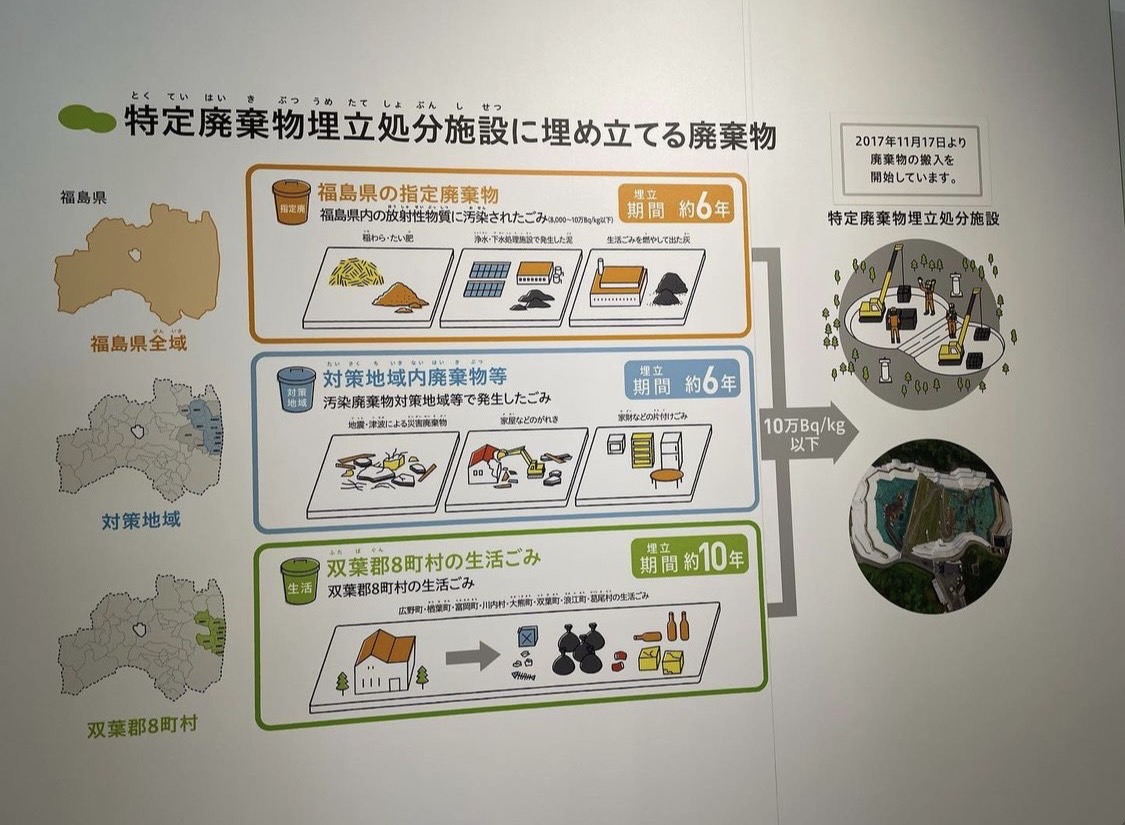
Established as part of the information dissemination of the landfill disposal business for specified waste, Reprun Fukushima is an information center where visitors can learn about the landfill disposal of waste contaminated with radioactive materials.
The museum exhibits information on the process of waste generation, the flow of waste to landfills, safety measures, and basic knowledge of radiation, as well as provides valuable experiences such as simulated landfill technology and measurement of air dose rates.
Opening Hours: 9:00 am to 5:00 pm, (Closed on Mondays, Year-end and New Year holidays)
Admission Fee: Free
Each facility in Fukushima has a different point of view, whether it is from the residents’ perspective, from the facility that was affected by the disaster, from the side that caused the accident, or even from the earthquake related facilities that are passing on information.
Therefore, in order to broaden your own point of view and better understand the situation from the Great East Japan Earthquake to the present, we recommend that you visit more than one of these facilities!
Fukushima Daiichi Nuclear Power Plant Tour
Why don’t you visit the site and learn about the Great East Japan Earthquake so that you can be of help in disaster prevention and mitigation in the event of an earthquake disaster? You never know when a disaster is going to occur.
Follow us on Instagram, Facebook and Twitter for more travel inspiration. Or tag us to get featured!
Happy traveling!
Other articles you might be interested in
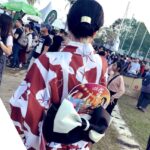
Asahi Eda is from Naka‐dori, Fukushima Prefecture. Her favorite foods from Fukushima are braised pork noodles from Tora Shokudo and Shimiten from Konohata.
This post may contain some affiliate links. When you click through and make a purchase we may receive some commission, at no extra cost to you.
